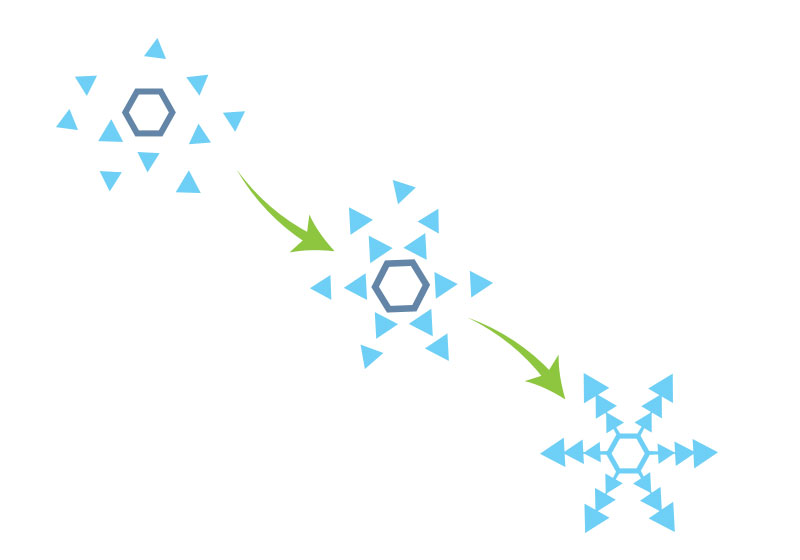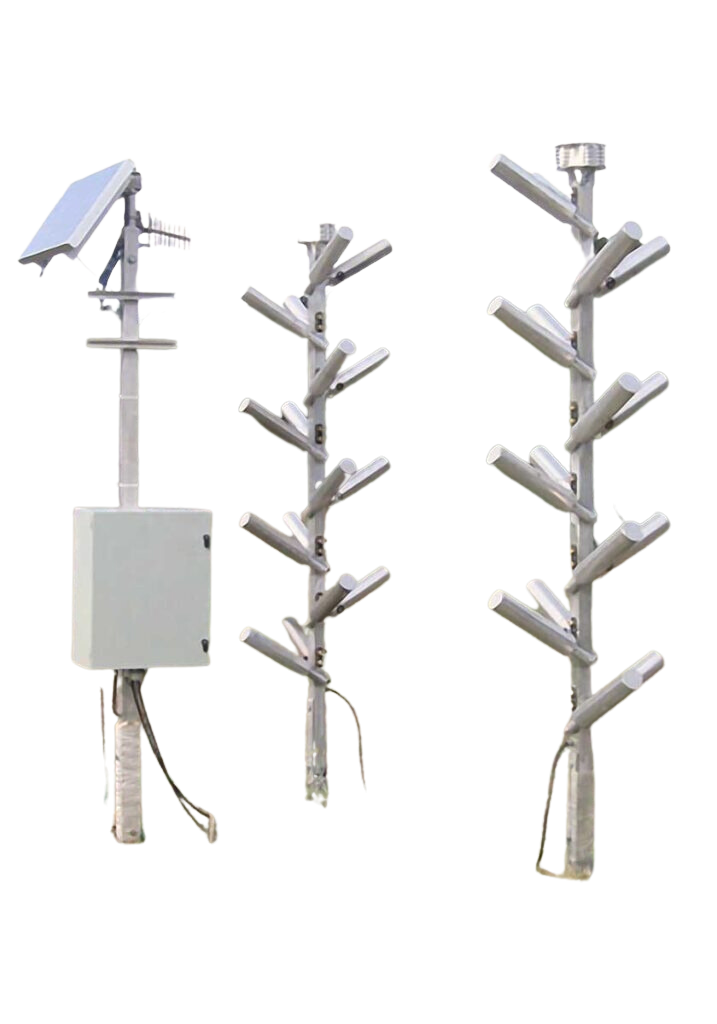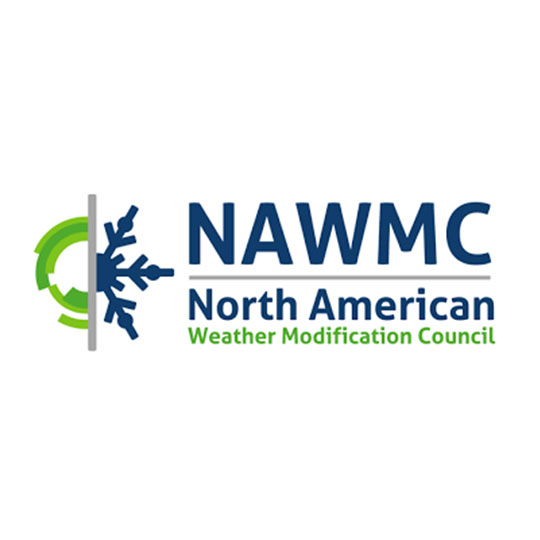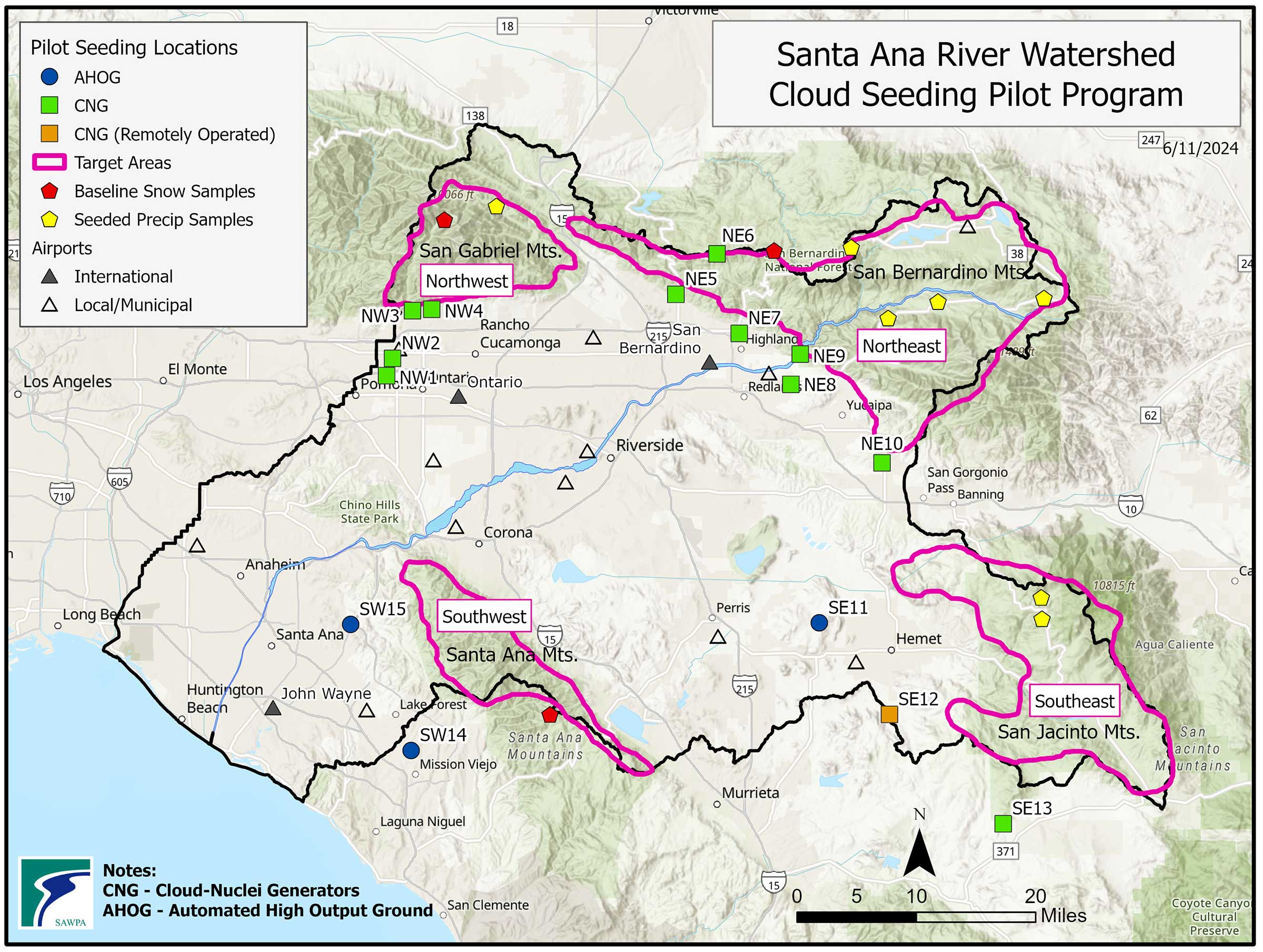Santa Ana River Watershed Cloud Seeding Pilot Program 2023-2024 Seeding Events

About Cloud Seeding
Cloud seeding is a type of weather modification used to increase the amount of precipitation, including snow or rain, during the storm season. This process works through releasing particles of silver iodide into clouds, which increase the chances of droplet condensation.

It is surprisingly difficult for water to freeze just below its melting point: water resists freezing unless it has something to get it started, like dust or some other solid to cling to. In pure water, it takes an energetic nudge to jostle the molecules into the special arrangement needed to freeze.
– Pacific Northwest National Laboratory
How Cloud Seeding Works

Storms come into the watershed region bringing in clouds and moist air flowing over the mountains, cooling and creating clouds composed of supercooled water droplets.

Silver iodide particles mixed with acetone are vaporized and released into the atmosphere using ground based seeding systems.

Silver iodide particles rise into cold, high-altitude air; moisture in the air condenses to form ice crystals on the particles.

By freezing of droplets and deposition of vapor, ice crystals form and grow progressively larger, forming snowflakes large enough to precipitate to the ground.
How Particulates Impact Precipitation

Benefits of Cloud Seeding
The following are some of the potential economic and environmental benefits of implementing ground-based cloud seeding in the watershed:

Increase of 5% to 15% in precipitation, increasing runoff/streamflow in the Santa Ana River, mitigating the negative effects of climate change.

Increase in water supply for the region, enhancing groundwater recharge, and reducing reliability on imported water.

Increase in snowpack for snow season recreational activities.
Interest in the Santa Ana River Cloud Seeding Pilot Program continues to grow. Watch a presentation about the weather modification process by Garratt Cammans of North American Weather Consultants that was shared with the SAWPA Commission on December 1, 2020.
Cloud Seeding Targeted Areas
The pilot program was designed to be implemented in four distinct mountain regions in the watershed. These areas were selected based on their contribution to seasonal runoff. SAWPA has analyzed multiple storm events in the watershed over a number of winter seasons and compiled a detailed climatology of the Santa Ana River Watershed region. From this, SAWPA has developed an array of seeding sites for the watershed’s four target areas, which then would be seeded by the 15 ground seeding locations in the pilot program.
Ground-based Cloud Seeding Method
Ground-based seeding consists of two methods, called Cloud Nuclei Generators (CNGs) and Automated High Output Ground Seeding (AHOGS).

Cloud Nuclei Generators (CNGs)
CNGs are manually operated and burn a solution of silver iodide and acetone, creating a continuous plume of seeding material that covers broad area over mountainous terrain.
- Ideal for orographic lift (winds caused by land barriers)
- Create a continuous plume
- Inexpensive to install and operate

Automated High Output Ground Seeding (AHOGS)
AHOGS are remotely controlled seeding equipment that makes use of burn-in-place flares to release high concentrations of seeding agents over a short period of time.
- Ideal for strong convective storm attributes (turbulence)
- Delivers higher concentration of silver iodide
- Operated remotely for rapid release
Cloud Seeding Safety
Based on decades of experience, the use of silver iodide for the purpose of cloud seeding has been shown to be safe for people and the environment. The potential environmental impacts of silver iodide have been studied extensively and represents a negligible risk to the environment.

“The practice of precipitation enhancement in Santa Barbara County has been used for over 40 years and has proven to be a cost effective and positive addition to our water resources management goals and objectives.”

“Cloud seeding is a safe and effective means of augmenting local water supplies.”

“Research has clearly documented that cloud seeding with silver-iodide aerosols shows no environmentally harmful effect.”
Pilot Program Validation
A key component of the Pilot Program is the validation of the benefits of cloud seeding in the form of additional precipitation, including snowfall and stream flows. SAWPA has contracted with Desert Research Institute (DRI), a nonprofit research arm of the Nevada System of Higher Education. The validation will involve a target and control approach where a control area without seeding will be compared to the four target seeding areas.
Additional Resources
View the Informational Webinar Presentation (PDF)
From October 14, 2021 – Provided by SAWPA and North American Weather Consultants.
View the Pilot Project CEQA Documents
Initial Study & Mitigated Negative Declaration (IS/MND)
Mitigation Monitoring and Reporting Plan
Notice of Determination
IS/MND Addendum 1
IS/MND Addendum 2
Program Schedule






